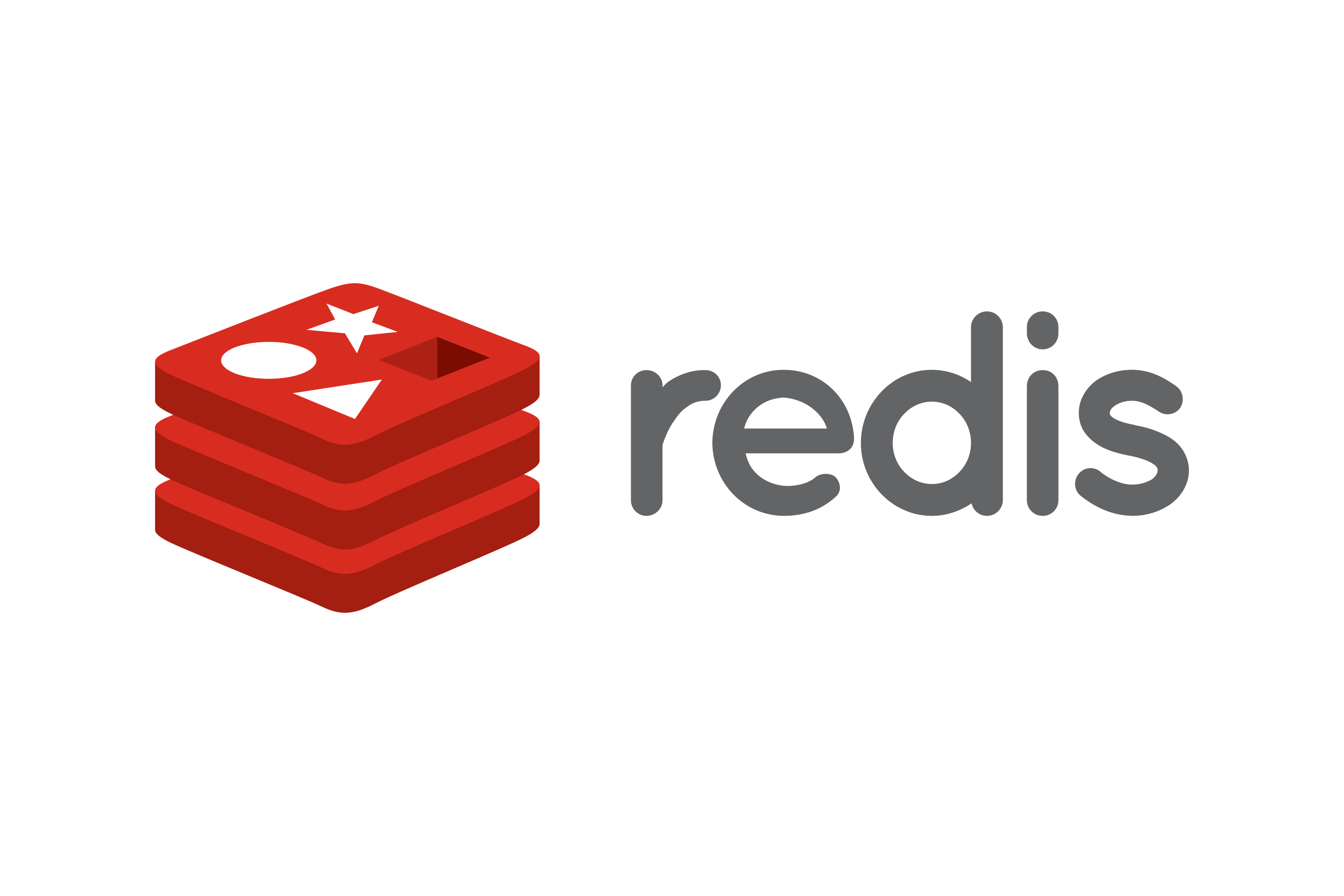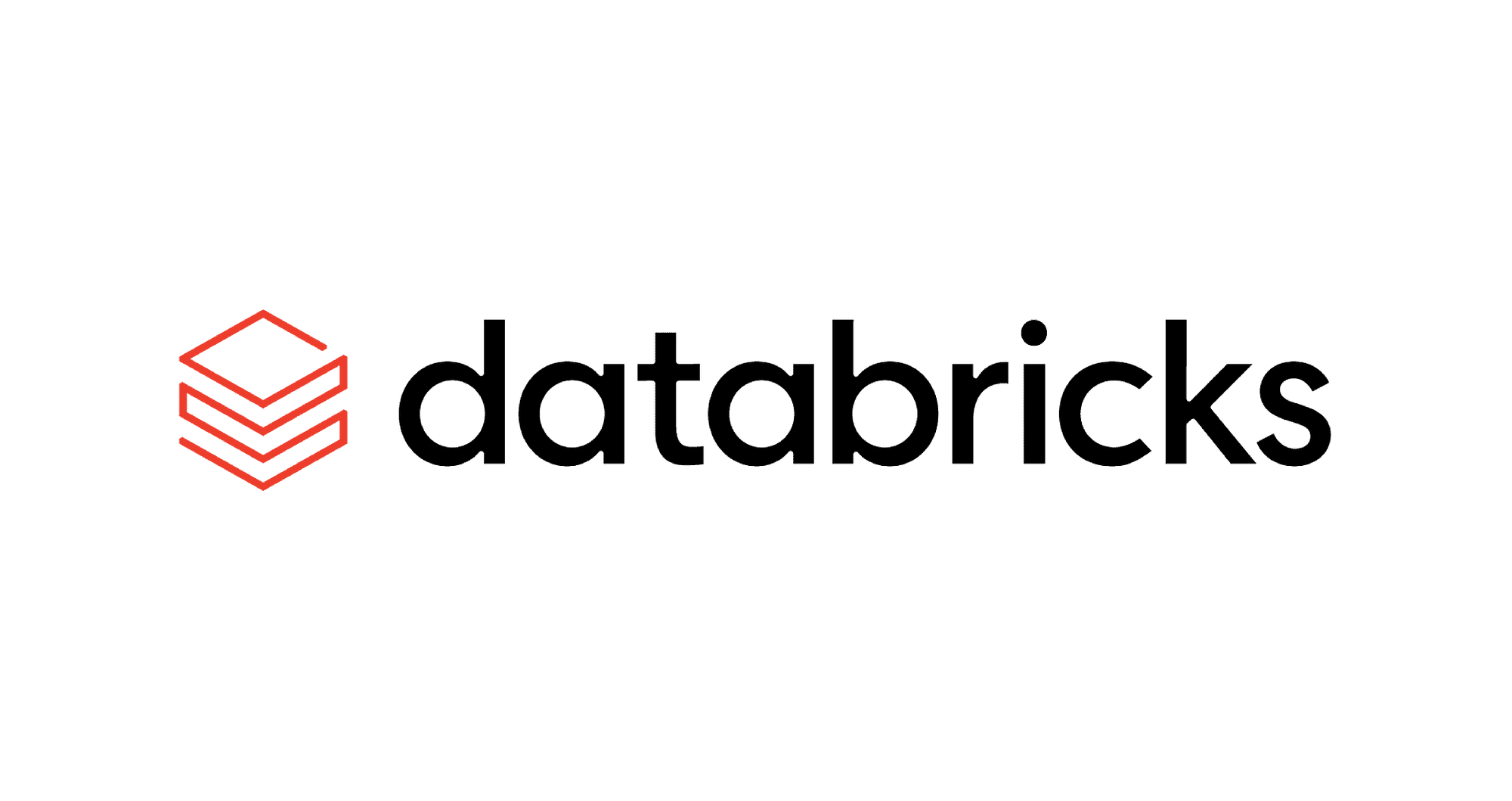Topic
Automation
Published
January 2025
Reading time
15 minutes
The Next Wave of IT
From Outsourced to Autonomous
The Next Wave of IT
Download ArticleResearch

Introduction
In the not-so-distant past, the entirety of a company’s IT operations was physically located inside its own buildings. From the team provisioning devices to the datacenter humming with servers, everything was on-premises and under direct control. Today, that feels foreign. With the rise of outsource service providers, cloud computing platforms and SaaS providers, it’s possible to run a billion-dollar business from your laptop in a hotel room.
While cloud computing was a massive technological leap forward, a large share of the IT revolution was simply about moving where the labor happened. By using skilled workers in countries with a low cost of living such as India and others across Southeast Asia, companies could achieve massive savings on their IT spend, while also benefiting from enhanced IT delivery. IT outsourcing became a $541 billion market and spawned what are now industry giants like Infosys and Tata Consultancy.1 These companies were once the disruptors of the IT industry but today stand on the brink of another seismic shift. The next wave of IT transformation is less about who does the work and more about what does the work, as the rise of AI Agents promises to provision IT devices, optimize device health and software usage, prioritize and categorize IT service tickets, and soon, action them. As this next wave emerges, major IT outsource service providers will need to react quickly to ensure that they do not shift from disruptor to disrupted.
And it’s not just Infosys asking what this move means for their business. As Agentic AI systems add a layer of intelligence to tech stacks, the IT world will have to contend with questions over who captures the value from unlocking enterprise data: the systems of record that hold that data, or the systems of intelligence, like AI Agents, that leverage it?
IT Outsourcing
In the early 2000s, the concept of outsourcing was not new. It was well known that shipping non-core work to a specialized provider could lower costs, improve service delivery, and create space for greater organizational focus. The well-known outsource payroll, HR and tax provider, Automatic Data Processing, was founded as long ago as 1949.2 But once the internet had gained broad adoption, it was possible to ship work to anywhere around the globe and receive the results back the instant that work was done. This was most successful in purely digital and non-core work like IT management. Since the early 2000s, IT outsourcing has become the backbone of global enterprises and firms like Accenture, Tata Consultancy and Wipro expanded their headcounts over that period from ~200k to over 2.7 million, a growth factor of 22x.3
22x
Growth in headcount at key ITOs

Today, 92% of companies in the Global 2000 make use of some form of IT outsourcing and the global market for IT outsourcing services is worth $541 billion.4,5 It’s easy to understand why – IT outsourcing firms provide their customers with numerous benefits, including access to specialized skills, cutting edge technologies, enhanced scalability, operational focus and most notably, cost arbitrage. IT outsourcing generally makes use of low-cost labor in developing countries. Companies making use of IT outsourcing can save 58% - 70% of their insourced IT costs.6,7 For the 92% of the 2000 companies making use of IT outsourcing, that could represent ~$960bn in economic value.

Not only did Western firms benefit massively from the IT outsourcing trend, but developing nations also saw their economies grow because of the huge inflow of dollars from IT outsourcing, making it a win-win situation. However, while many may describe IT outsourcing as a resounding success, it has not been perfect.
End-users of IT outsourced services have faced challenges such as dealing with inexperienced outsource staff, receiving low-quality work, or struggling with language barriers. Further, adding more service providers to your IT supply chain is a cybersecurity risk – an area that has become an ever greater focus for enterprises in today’s threat environment.
As the IT outsourcing market contends with these questions, there is one more major consideration: how relevant is outsourced labour in the coming world of AI Agents? These Agents can write IT configurations, query product documentation, recommend actions based on IT systems alerts, and start to automate actions such as isolating a workstation that is showing signs of compromise. Paired with some of the issues noted around IT outsourcing, many enterprises may begin to ask why they should send IT work to low-cost countries, when they could send that work to their corporate datacentre – or the cloud – and action it by the weights and biases of the state-of-the-art large language models (LLMs).
We have a very small team running IT for over 40,000 employees at Broadcom. Outsourcing has helped immensely, but it’s no longer enough. Traditional automation is helping, but we think that AI Agents are going to be transformational in the IT department.”

Stanley Toh, Head of end-user experience, Broadcom
AI Agents in IT
Using traditional, programmatic systems to automate tasks requires writing the logic for every single potential iteration of that task. It’s one of the reasons that only 31% of enterprise tasks have been automated.8 This challenge is especially acute in IT, where the combinations of software, hardware, user roles, and frequent updates create enormous complexity. Hence, even as the power of modern technology has grown exponentially, most of our IT work has been done manually –often by outsource service providers – driving the growth of the industry discussed above. However, as we wrote in our recent research on AI Agents, the ability to automate highly complex tasks has arrived.

Agentic systems can make use of complex, chain-of-thought reasoning as well as orchestrate the use of tools like search, database queries or API calls to traditional software systems. In this way, Agentic systems can perform tasks in complex and heterogenous areas, unlocking our ability to begin to automate many of our key IT tasks. Of course, the initial impact of AI Agents in IT will be felt in the automation of basic, repetitive tasks. These are the low-hanging fruit of the IT world, ripe for AI-driven optimization:
- Data Entry and Validation: AI Agents can process and input data from various sources with greater speed and accuracy than human workers, reducing errors and freeing up human resources for more complex tasks.
- Report Generation: AI can analyze vast amounts of data to generate insightful reports on system performance, security incidents, and resource utilization, providing actionable intelligence to IT managers.
- Device Provisioning and Management: AI Agents can automate the process of setting up new devices, loading applications, and onboarding employees to IT admin portals.
- Ticket Prioritization: Agents can analyze the textual data in a request to prioritize its importance for IT service teams, and categorize for action by the relevant team. Agents can also execute a request for further information if needed, sending an email, text or even a chatbot pop-up to the relevant staff member.
- Ticket Response: Studies show that 69% of all IT service requests are dealt with in under an hour and include simple issues like password resets.9 Many of these tickets can start to be offloaded to AI Agents.
What is often missed in the discussion around AI is the importance of implementing software that can tie together disparate systems to create visibility and reporting. Automation is most impactful when done in lockstep with visibility into enterprises systems. Not only does the normalized data and context create the basis for driving automations, but reporting and documentation create the basis for future work to be done more reliably, accurately, and autonomously.
As models improve through infrastructure scaling, data quality improvements and algorithmic unlocks, these systems will be able to perform far more complex tasks than those outlined above. Further, these improvements, when paired with critical infrastructure like LLM observability, will drive greater trust from enterprises. Eventually, Agentic AI systems will be deeply integrated into enterprise infrastructure, unlocking autonomous outcomes and deep observability as Agents begin to monitor IT systems and devices and action on the data that they collect. We see AI agents in IT transforming these key areas:
- Finance & Planning: With use cases like forecasting and procurement optimization, US businesses could achieve significant savings by releasing working capital tied up in excess inventories of items like laptops and servers. By analyzing the data in IT systems together with hiring plans from HR systems, Agents can predict optimal device ordering and even action those orders autonomously, making procurement personnel more productive. And if Agentic systems can aggregate data on all the devices that an enterprise has in use, companies could also realize huge savings on inventory counting and auditing work.
- Service Request Lifecycle: The average employee loses ~80 hours of productivity each year due to poor device performance yet agents have the potential to slash this waste with asset matching and device refresh.10 Analyzing employee usage patterns and device performance, Agents can predict exactly when to refresh or clean a device as well as match device requirements to granular user profiles. These optimizations could reduce time lost to underperforming IT by ~20%, saving a 10,000-employee enterprise ~$8 million in productivity gains.11
- Risk & Compliance: Without proper device-level observability, it’s tough to keep track of devices, which is why 37% of enterprise devices are not returned on employee exit, creating massive risk and compliance concerns.12 With average employee turnover at 17% p.a., enterprises are losing ~6% of their devices per year.13 Agentic systems can cut these losses significantly through item tracking, automated reminders, or even logging a case with law enforcement where needed, thereby optimizing device return rates and driving automated compliance actions where necessary.
- Entitlements: Today, companies may allocate software to users based on their role or provide enterprise-wide access to some applications. However, these entitlements might not match individual user level requirements, leading to ~30% of enterprise software spend being wasted.14 Applying software entitlements optimization, AI Agents can monitor employees’ software usage and recommend licenses that should be canceled, tiered up/down, and update a more granular database of software requirements for future employees.
- Autonomous IT Service Management (ITSM): Where early applications of AI Agents in IT can prioritize and categorize service tickets, as well as start to automate basic tasks, advanced Agents will soon action fixes before users are even impacted. For example, an Agentic system may detect an anomaly in the performance of IT systems, derive the recommended fix from enterprise operating manuals, and action it or flag IT operations staff to do so, before employees even notice the performance drop off.
- Security: As outlined in our research on Data Security, enterprises are facing a growingly intense threat environment with costs in excess of $4mn for each data breach.15 However, rolling out automatic updates, encryption and multi-factor authentication to IT devices can reduce the risk of a breach by 70%, and Agents could be key to ensuring that those items are actioned on every device.16 Ultimately, Agents can start to control security posture autonomously.
AI Agents can unlock value across the organization, assisting IT to optimize the provisioning, tracking, maintenance, and disposal of IT assets, but also impacting areas as broad as finance, risk & compliance, and security. Deploying AI agents in the IT function can make employees across the organization more productive. It all starts with small and targeted use cases like return optimization that create the ROI to justify ever larger investments, until agents have transformed broad functional areas. These value unlocks will start by driving changes at the level of the laptop, directly impacting workforce productivity, and then expanding outwards to use cases such as infrastructure provisioning and monitoring, networking optimization and data center infrastructure management.

While the IT device itself may only cost $1,000, many of the potential benefits of using AI Agents in IT could enhance employee productivity. Employees lose 80 hours per year to underperforming IT and 180 hours per year to slow and legacy software.17,18 Across the total US economy of 100 million knowledge workers, that’s ~$1 trillion in lost productivity.19,20 What’s at stake far outweighs what’s spent on devices and, according to benchmarking performed by Activant, the optimizations powered by AI Agents could drive savings of up to ~$240 billion, from software and hardware asset management alone.
$240bn
Savings available through IT optimization

From Systems of Record to Systems of Intelligence
At this point, IT professionals may ask how this impacts their ServiceNow implementation that so much of their business depends on. We believe that what we are witnessing is the emergence of systems of intelligence that sit on top of existing infrastructure to perform higher value tasks like predictive analytics, adding a layer of intelligence to the existing tech stack. This is the exact theme that we wrote about in Industrial Intelligence and it means that systems of record like ServiceNow will still serve a crucial purpose in the next wave of IT innovation. But that next wave will be less about which software captures service tickets, and more about which software can action them autonomously.
For example, systems of record (SoR) fulfil tasks like manual data capture and storage, where systems of intelligence (SoI) integrate that data to derive business value. SoR may present a console for staff to manage IT requests, while SoI would triage those tickets and autonomously solve all tickets that don’t require human intervention. In essence, SoR care about capturing and managing data, while SoI drive autonomous actions that eliminate mundane work and allow staff members to focus on real value-added work.
There are lots of emerging GenAI use cases in code creation, knowledge management, writing and summarization. These are unlocking immense value but all require a human in the loop to prompt and iterate. The greatest opportunity lies in 100% autonomous task execution. Today, enterprises are at the very beginning of this journey.”

Cisco Sanchez, Chief Information Officer
It’s possible that the historical focus on SoR is why we have no IT Function-as-a-Service in the market today. Merchants can access an e-commerce storefront and underlying infrastructure as-a-service through Shopify and restaurants can access their complete point of sale and back office as-a-service through Toast. However, the experience of complicated and fragmented IT departments, especially at enterprise scale, are non-comparable. SoI, and their ability to automate a range of complex tasks, present the opportunity to usher in the as-a-service era for the IT department. We believe that the market is wide open for either incumbents or challengers to step in and build this intelligence layer.
Who Will Lead the Way?
- Existing IT Outsourcers & Managed Service Providers: The deployment of AI systems will pose tough questions for the use of outsourced labor to perform basic tasks like running IT desks. Ultimately, we believe that this segment of the market will enter terminal decline. However, all is not lost for MSPs that are able to reinvent themselves. Large enterprises will need intelligent partners to push Generative AI products into production as they may struggle to attract the required talent or, as has always been the case for the rise of outsourcing, the lower cost will likely be attractive. Many firms are already driving this reinvention with great success. Accenture is investing $3bn into its Data & AI practice and doubling its headcount of “AI talent” to 80,000, realizing Generative AI revenues of $2bn to-date in FY24, making them one of the most successful Generative AI companies around.21,22
- IT Behemoths, like ServiceNow, BMC and Ivanti: ServiceNow are the elephant in the room, having led Gartner’s magic quadrant in ITSM for nine consecutive years.23 The company is already embedded in the IT departments of 85% of the Fortune 500 and has massively shifted its focus to the implementation of AI, describing themselves as the “AI platform for business transformation”.24 ServiceNow’s AI tools released to date are largely limited to code generation, chat summarization and resolution note generation, but they are seeing adoption rates exceeding expectations.25 To the extent that they can roll out performant Generative AI products, companies like ServiceNow will hold significant advantages in the form of scale, brand recognition and existing distribution. However, enterprise customers will need to question whether they want modern AI tools to be provided by incumbents or AI-natives and whether those incumbents are positioned to create value through autonomous outcomes in the way their customers need. ServiceNow’s ITSM platform is centered around tickets/requests and the workflows applied to resolve those. While their AI is focused on resolving tickets and improving metrics like Mean Time-To-Resolution (MTTR), they may leave the door open for AI-natives to solve higher level automations like asset matching and predictive analytics that are not dependent on tickets at all.
- AI-Natives: These include XOPS, an Activant Portfolio Company, which is a modern IT platform for autonomous IT service and employee lifecycle management with unified asset management across employee technology, software, data center and network infrastructure. The company integrates with existing IT and HR systems to create a single source of truth for IT operations and makes use of runbooks to automate key IT tasks like employee onboarding. What XOPS does for enterprise, platforms like Rippling and Deel do for SMBs, with automations across the device lifecycle such as configuration and security deployment. Tools like Rezolve.ai, Atera and HaloITSM leverage AI to automatically resolve IT service tickets, anticipate service disruptions and gain visibility over IT fleets.
Final Thoughts
The IT industry is set for another critical transformation, driven by AI Agents capable of automating complex tasks across the IT tech stack and through asset lifecycles. Incumbents like ServiceNow and IT Outsourcers face the risk of significant disruption but appear to be navigating the early innings of the shift with great success. Over the long term, the market will wrestle with tough questions like whether to use incumbents that automate tasks that are centric to their own platforms or AI-natives looking to truly reinvent IT.
Ultimately, we believe that the major winners of this wave of innovation will be those who embrace Agentic AI at their core and unlock the ability to not just augment existing ways of working, but completely revolutionize them. Incumbents will need to be willing to deeply disrupt themselves, flipping seat-based pricing for outcomes-based pricing and shipping solutions that circumvent their existing value propositions entirely. The innovators dilemma tells us that this next wave of IT innovation will likely be won by AI-native challengers like Activant Portfolio Company, XOPS.
If you’re building in this space, get in touch.
Endnotes
[1] IDC, Worldwide and U.S. IT Outsourcing Services Forecast, 2024–2028, 2024
[3] CapIQ, Activant Analysis; Incudes Accenture, Cognizant, WNS, Infosys, Wipro, TCS, DXC, Tech Mahindra and NTT Data
[4] ISG, ISG Momentum® Market Trends & Insights Geography Report 2019, 2019
[5] IDC, Worldwide and U.S. IT Outsourcing Services Forecast, 2024–2028, 2024
[7] Outsource Accelerator, How outsourcing can cut labor costs by up to 70%, 2024
[10] Robert Half, Employees Lose Over Two Weeks Each Year Due To IT-Related Issues, 2016
[11] Forrester, The Total Economic Impact Of Mac In Enterprise, 2024
[12] IDC, Dell Lifecycle Hub and Similar PC Life-Cycle Services, 2024
[14] Forrester, Business Value of ServiceNow IT Asset Management
[15] IBM, Turning data into value, 2022. Statistics are from a survey of 3,000 Chief Data Officers across 30+ countries
[16] Forrester, The Total Economic Impact Of Mac In Enterprise, 2024
[17] Robert Half, Employees Lose Over Two Weeks Each Year Due To IT-Related Issues, 2016
[18] Oxford, How application delays affect company performance, n.d.
[19] Gartner, When We Exceeded 1 Billion Knowledge Workers, 2019
[20] Assumes average wage for knowledge workers of $80,000 p.a. and 228 working days per year
[22] Accenture, Q3 FY24 Earnings Conference Call, 2024
[23] ServiceNow, A Magic Quadrant Leader in ITSM Platforms for ninth year in a row, 2022
[25] Ibid
The information contained herein is provided for informational purposes only and should not be construed as investment advice. The opinions, views, forecasts, performance, estimates, etc. expressed herein are subject to change without notice. Certain statements contained herein reflect the subjective views and opinions of Activant. Past performance is not indicative of future results. No representation is made that any investment will or is likely to achieve its objectives. All investments involve risk and may result in loss. This newsletter does not constitute an offer to sell or a solicitation of an offer to buy any security. Activant does not provide tax or legal advice and you are encouraged to seek the advice of a tax or legal professional regarding your individual circumstances.
This content may not under any circumstances be relied upon when making a decision to invest in any fund or investment, including those managed by Activant. Certain information contained in here has been obtained from third-party sources, including from portfolio companies of funds managed by Activant. While taken from sources believed to be reliable, Activant has not independently verified such information and makes no representations about the current or enduring accuracy of the information or its appropriateness for a given situation.
Activant does not solicit or make its services available to the public. The content provided herein may include information regarding past and/or present portfolio companies or investments managed by Activant, its affiliates and/or personnel. References to specific companies are for illustrative purposes only and do not necessarily reflect Activant investments. It should not be assumed that investments made in the future will have similar characteristics. Please see “full list of investments” at https://activantcapital.com/companies/ for a full list of investments. Any portfolio companies discussed herein should not be assumed to have been profitable. Certain information herein constitutes “forward-looking statements.” All forward-looking statements represent only the intent and belief of Activant as of the date such statements were made. None of Activant or any of its affiliates (i) assumes any responsibility for the accuracy and completeness of any forward-looking statements or (ii) undertakes any obligation to disseminate any updates or revisions to any forward-looking statement contained herein to reflect any change in their expectation with regard thereto or any change in events, conditions or circumstances on which any such statement is based. Due to various risks and uncertainties, actual events or results may differ materially from those reflected or contemplated in such forward-looking statements.



















